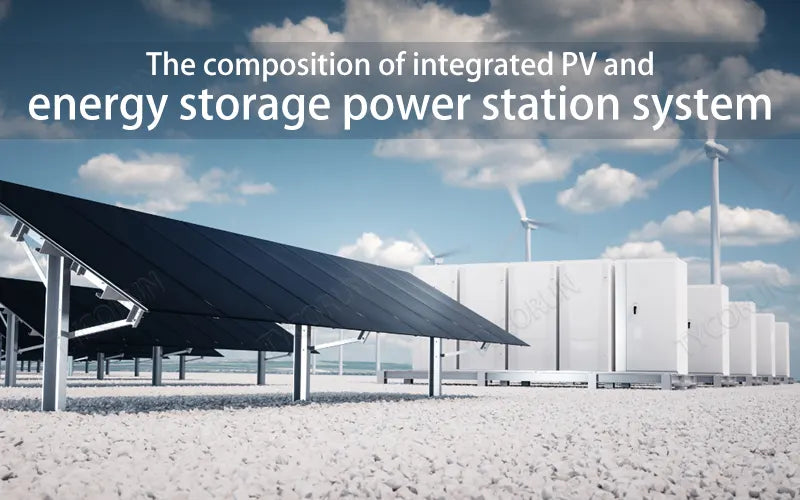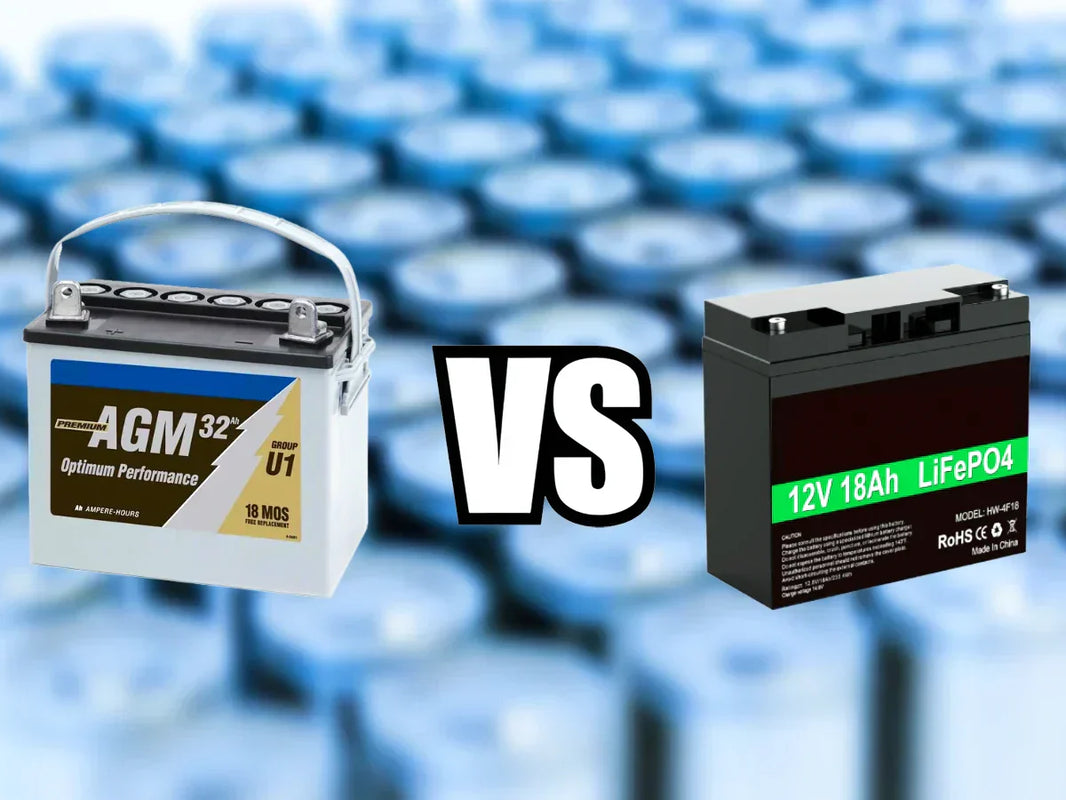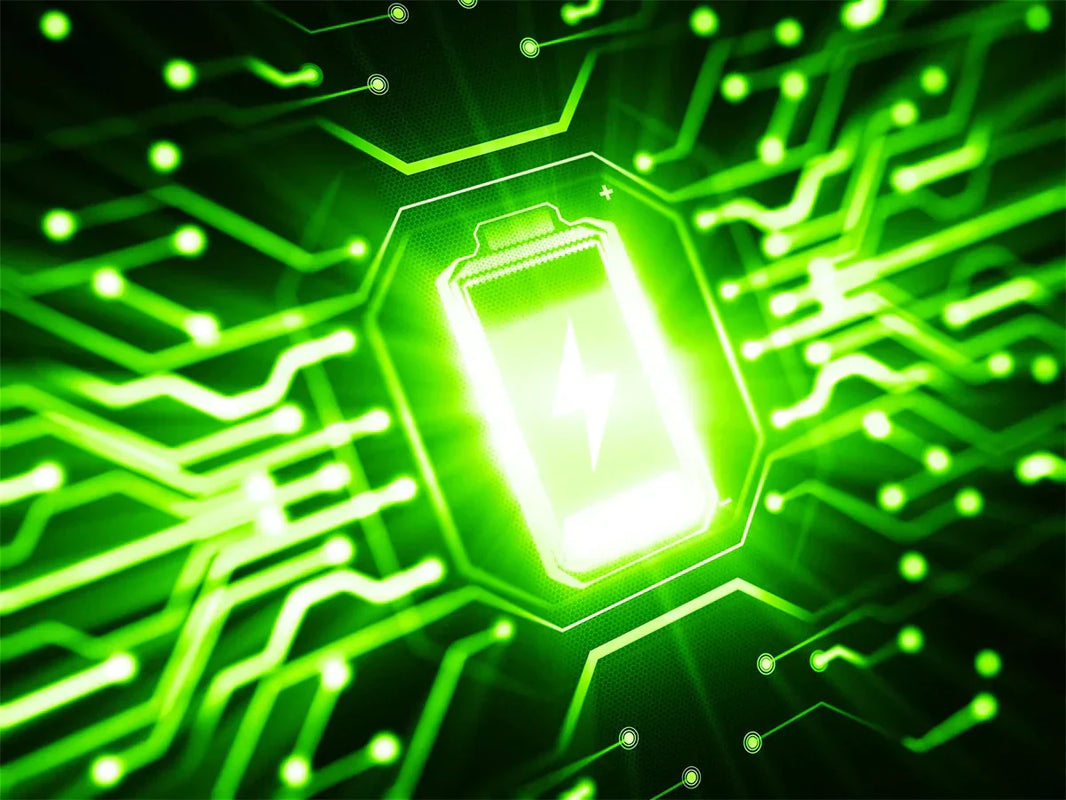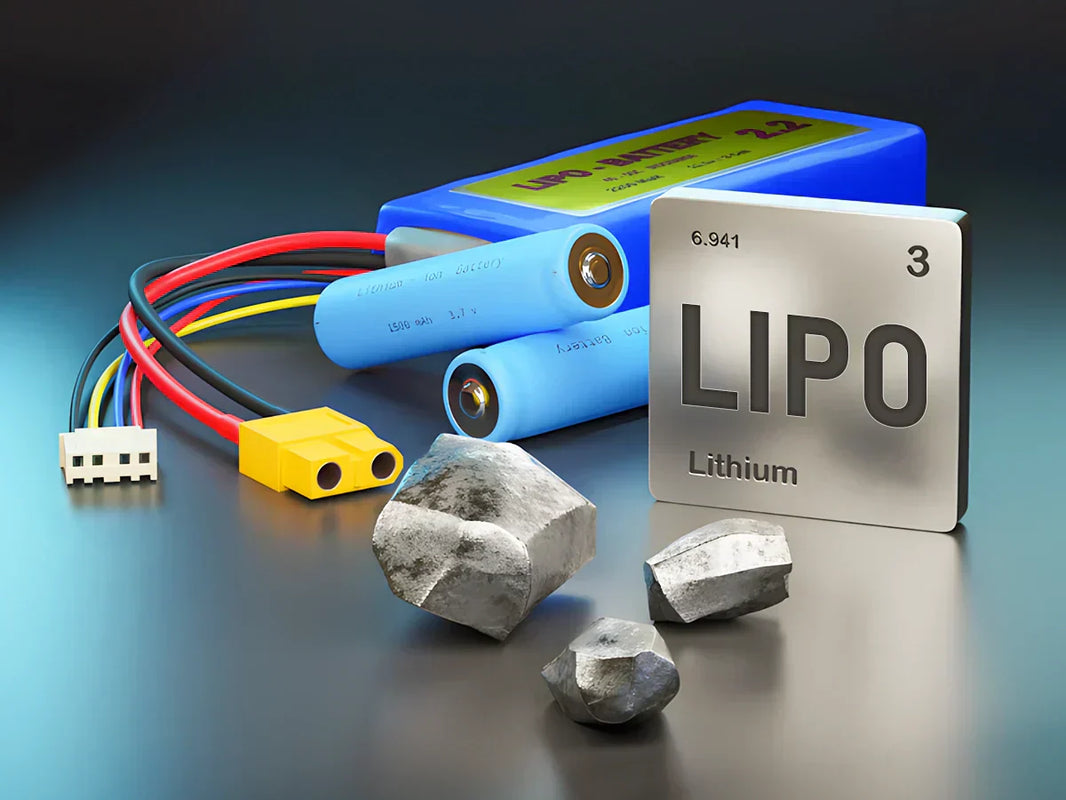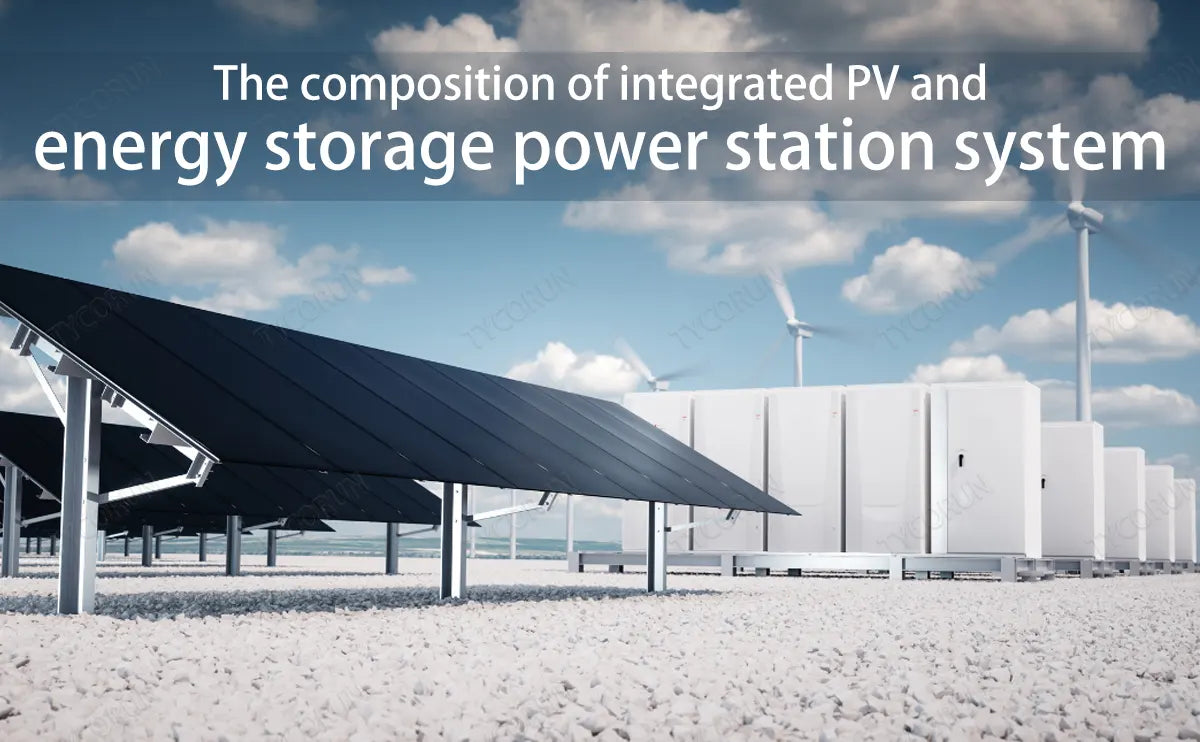
Main content:
The integrated optical storage and charging station is highly integrated in the utilization of renewable energy, the application of energy storage technology and the application of smart charging pile technology. The use of energy storage systems for night storage not only achieves peak shaving and valley filling, but also saves the cost of increasing power distribution capacity.
At the same time, it can effectively solve the problems of intermittent and unstable new energy generation. In addition, with the continuous innovation of concepts and technologies, the integrated power station will gradually develop to be more environmentally friendly, more convenient and safer.
1. The composition of the industry system
At present, the basic technology of the industry is basically mature, the supporting facilities are relatively perfect, and the optical storage and charging system mainly includes photovoltaic power generation system, energy storage converter, energy storage battery pack, electric pile system, energy management system and other parts.
- Photovoltaic power generation system
Photovoltaic power generation systems use solar crystalline silicon cells. Solar radiation energy is converted into direct current electricity through solar cell modules, and electricity is sent to the grid through grid-connected photovoltaic inverters (DC converters) (energy storage batteries).
The photovoltaic power generation unit is mainly composed of photovoltaic modules, photovoltaic inverters (photovoltaic power generation controllers), combiner boxes, AC and DC cables and other parts.

- Power conversion system
As a power interface device connected between the energy storage system and the power grid, the PCS performs the function of controlling the two-way flow of energy between the power grid and the energy storage unit.
The charging and discharging management of the battery system, the tracking of the load power on the grid side, and the charging and discharging power control of the battery energy storage system are realized through the control strategy. It meets the requirements of power control accuracy and response speed of fast conversion between charge and discharge.
- Charging pile system
Charging pile installation scenarios include parking lots or charging stations in public buildings or residential buildings, where various models of electric vehicles can be charged as needed. The mainstream DC charging pile on the market consists of a rectifier and a power converter.
Based on the communication between the charger and the on-board battery management system, the power converter can adjust the DC charging power online. In addition, the charger can display the charging voltage, charging current, charging amount and charging fee.
- Energy storage battery packs
The energy storage battery pack is a lithium iron phosphate battery, and the entire system is placed in an outdoor container. The battery pack adopts a modular design and adopts the form of battery rack mounting.
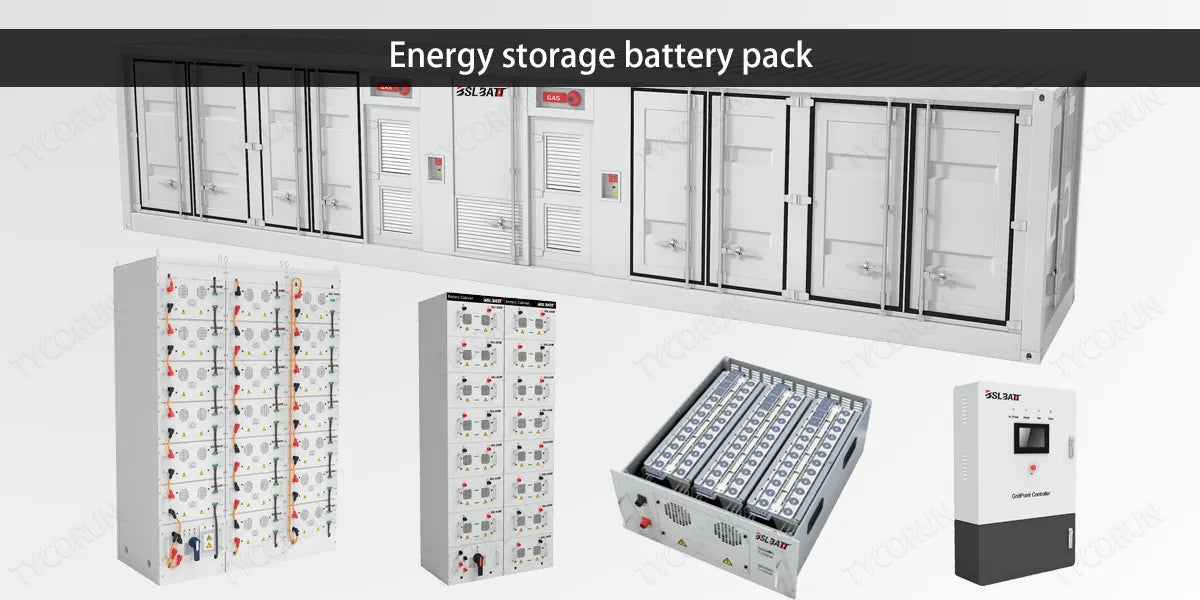
In this project, the battery pack consists of several batteries connected in series and parallel, and each battery pack is equipped with a battery management unit. Monitor the voltage, temperature and other parameters of the single battery. The entire energy storage system is equipped with a battery management system for management.
- Energy management system
The EMS system collects the signals of the battery(12v 100ah lithium ion batteries), PCS, electric energy meter, video system and other equipment of the energy storage system.
And it simultaneously monitors the load on the grid-connected side, the photovoltaic power generation power, and the operation status of the DC charging pile. And set the operation strategy of the whole microgrid system to ensure the normal operation of the whole system.
2. Analysis of AC and DC coupling systems
The AC coupling system is the transmission and exchange of electric energy for photovoltaics, energy storage, and charging piles, which are AC electric energy, and are based on the electric energy transmission and exchange of AC bus distribution systems.
In the same way, the DC coupling system is the transmission and exchange of electrical energy based on the DC bus distribution system. In the optical storage and charging system based on the AC power distribution system, energy exchange and transmission are carried out on the AC bus side.
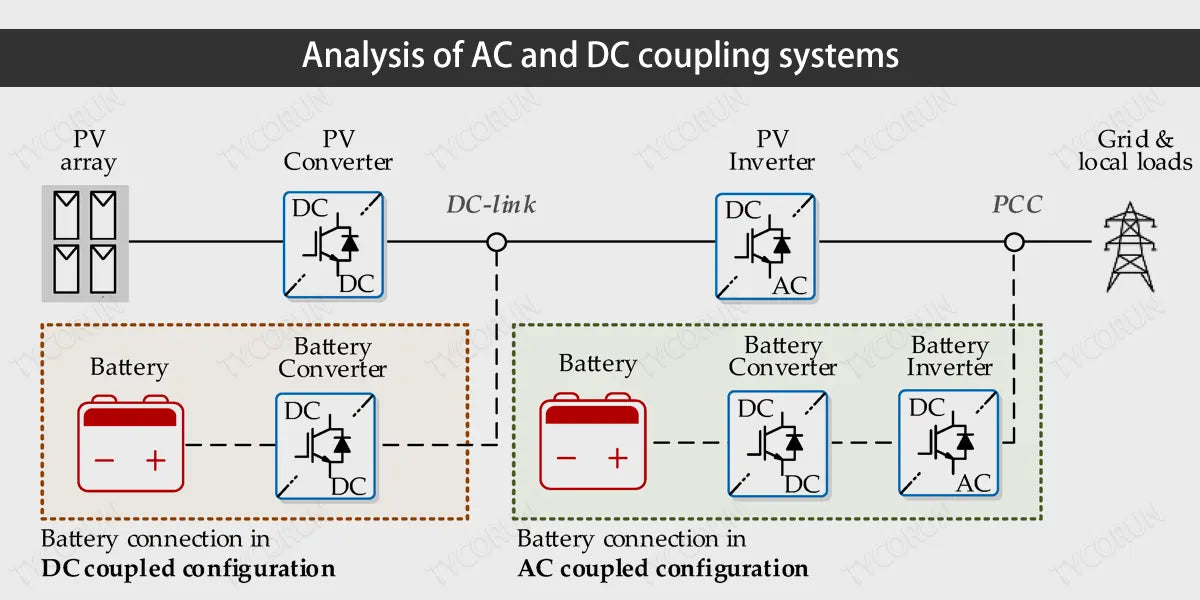
Each subsystem is relatively independent and can operate independently of other units. The optical storage and charging system based on the AC power distribution system is easy to implement based on the existing technical conditions, and each subsystem has relatively mature products, which is the most widely used optical storage and charging system.
The PV inverter is the core equipment of the photovoltaic grid-connected power generation system, and the main function of the photovoltaic inverter is to form a stable AC current after the direct current generated by the photovoltaic panel is inverted and regulated by the 3000w inverter. It is injected into the AC side system for use or storage by other loads on the system side.
3. What is a DC power distribution system
In the optical storage and charging system based on the DC distribution system, energy exchange and transmission are carried out on the DC bus side. Unlike the AC coupled optical storage and charging system, the energy exchange of photovoltaics, energy storage, and charging piles is DC electric energy.
And the power conversion devices are all DC/DC converters, and only AC/DC converters are set up in grid-connected places. The main functions of the DC/DC controller of the photovoltaic power generation system are as follows:
- Converts the unstable DC voltage generated by the solar panel into a stable and sustainable DC voltage and DC current.
- The photovoltaic power generation system operates at the maximum power point to ensure maximum energy use and improve system efficiency.
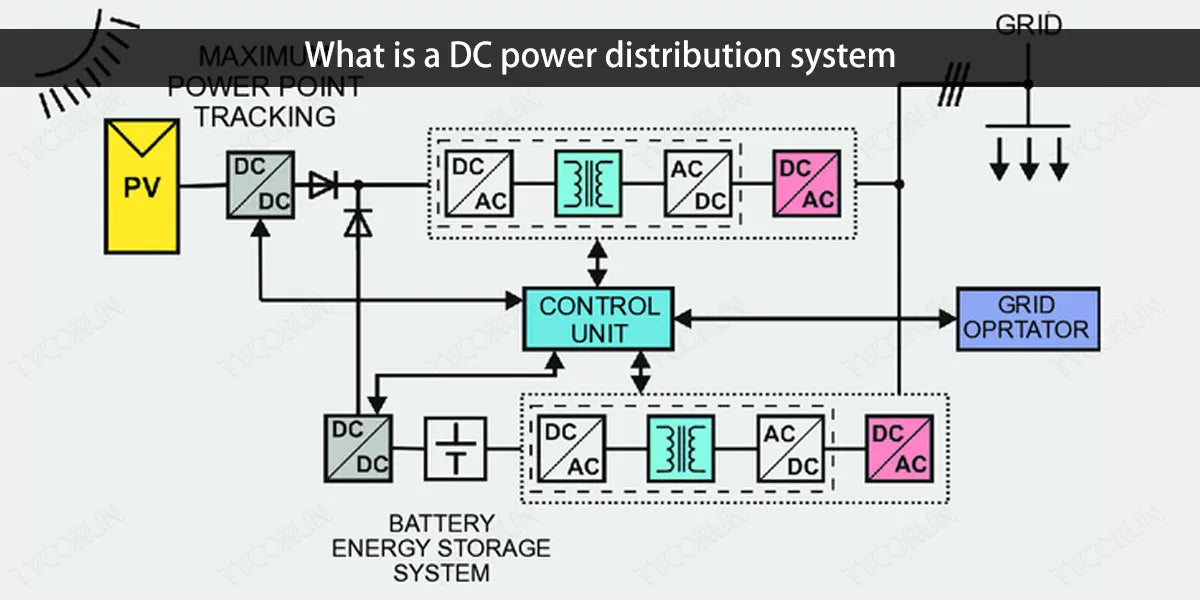
The energy management software is mainly used in the coordinated control of a variety of distributed power sources, energy storage and loads in the optical storage and charging system, and the optimal operation and energy management of the power grid system.
Its main function is to optimize and dispatch the operation status of photovoltaic power generation system, energy storage battery system and charging pile system online, realize the best matching between multiple power supply ports, energy storage units and loads in the optical storage and charging system.
Then it realizes the flexible switching of each power supply, and realize the operation of the optical storage and charging system in the best economic mode.
4. Conclusion
It is not difficult to see that the integrated system of photovoltaic, energy storage and charging piles can improve energy efficiency and optimize the allocation of electric energy. It is a green charging mode that realizes the coordinated support of new energy, energy storage and intelligent charging. In its clean, green and sustainable way, it has improved the structure of energy utilization.
Related articles: off grid solar batteries, top 10 solar inverters, photovoltaic module


